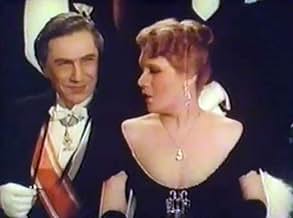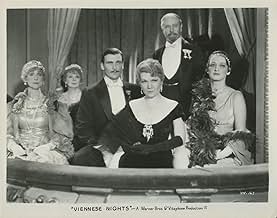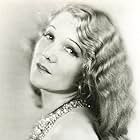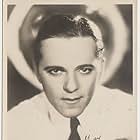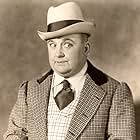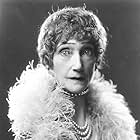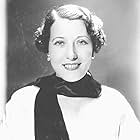What a delightful surprise this 1930 Warner Bros. film turned out to be. I am an opera lover; as such, I also have a strong feeling for the operetta that was prevalent in Europe and on Broadway from the 1890s into (perhaps) the early 1930s, and this film is very much that kind of thing, written for the screen by Sigmund Romberg (his first screen score), arguably the dominant book-musical (as against revue) Broadway composer of the pre-Kern, Rodgers and Berlin era, with THE STUDENT PRINCE, THE DESERT SONG and THE NEW MOON all seeing the light of day within about 5 years, and with many other successful musicals to his credit. The many surprises include: 1) This is a full two-strip Technicolor film, a process I love because there is a warmth to the coloring missing in the more realistic-if-garish full Technicolor process (and it is Bela Lugosi's first Color appearance despite that claim often being made for his SCARED TO DEATH horror film of the late 1940s); it is quite lovely to look at, 2) It starts out very operetta-ish but in the second half turns fairly dramatic (in much the same way as does SHOW BOAT, and maybe even inspired by the Kern work, 3) As with SHOW BOAT it covers three periods in the lives of its characters, but this one over some 51 years as against SHOW BOAT's 25 or so, 4) It showcases two Broadway stars, Alexander Gray and Vivienne Segal, who never quite made it on the early screen, but who remained popular on stage for decades (especially Segal, who created the leads in THE DESERT SONG and PAL JOEY, among many successes), and 5) For a fairly static film story of 1930, it evidences quite a bit of cinematic imagination. Indeed, in a scene in which henpecked Gray plays a piece at the piano for his little and adoring son, we see his beloved Elsa superimposed to the left and singing the played melody, while from the right there is a constant barrage of invective heard from his unseen wife; Hitchcock might have liked that! Segal seems a bit matronly for Elsa at first (she was 33, and Elsa about 18 at the 1879 start of the film), but was surely cast with the idea that she would be perfect for the 29 or 30 year old mother of two in 1890, and even more so for the semi-wheel-chair-bound grandmother of 1930. Gray is a somewhat stiff actor, probably used to shouting out his spoken lines from Broadway, but does a pretty good semi-mad scene when he loses Elsa, and then is convincing enough as the older and unhappy musician who has relocated to NYC, and is now a second violinist in a Broadway orchestra while Elsa is an Austrian baroness. Walter Pidgeon is rather ineffective as the the Baron, his bosom-pal-turned-romantic rival, but we get to hear him sing a bit and recall that he made his first stage successes as a singer (in fact, back in 1924, he may have been the first singer to ever record Berlin's "What'll I Do?", and for Victor at that). Operettas almost always have a back-up soubrette and comedian as second leads, and these roles are taken here by Louise Fazenda and Bert Roach. (Incidentally, two reviewers mention Miss Segal's resemblance to Bette Midler, but I think they are surely confusing her with Fazenda, a buxom and quite Midler-looking girl, who was also married to Hal Wallis for 35 years; Ms Segal looks more like a taller Mary Pickford of the early 1930s era). Roach can often be an irritating actor, but this is the best talking film role I've seen him in, and he is our only male who lasts the entire 51 years of the story! Even Jean Hersholt, playing Elsa's father but actually hardly old enough to have been Segal's, is sympathetic while still laying the Machiavellian groundwork that pretty much destroys the lovers' lives! Lastly, Virginia Sale as Gray's harpy wife is absolutely hateful (meaning perfect) in the role, and truly looks like a prime candidate for The Wicked Witch of the West! Anyway, the last reel of the movie, supposedly filmed in the famous Universal PHANTOM OF THE OPERA opera house, has an entire 8-minute orchestral work played (possibly 'live' as against pre-recorded, as also seems the case with some of the preceding sung portions) while various dramatics are taking place, and that final reel, though bittersweet, is also intensely moving. The film may seem antediluvian to a younger audience not predisposed to enjoy such unabashedly sentimental treasures, but I thought it was just lovely from beginning to end. A long-forgotten gem, in fact.


